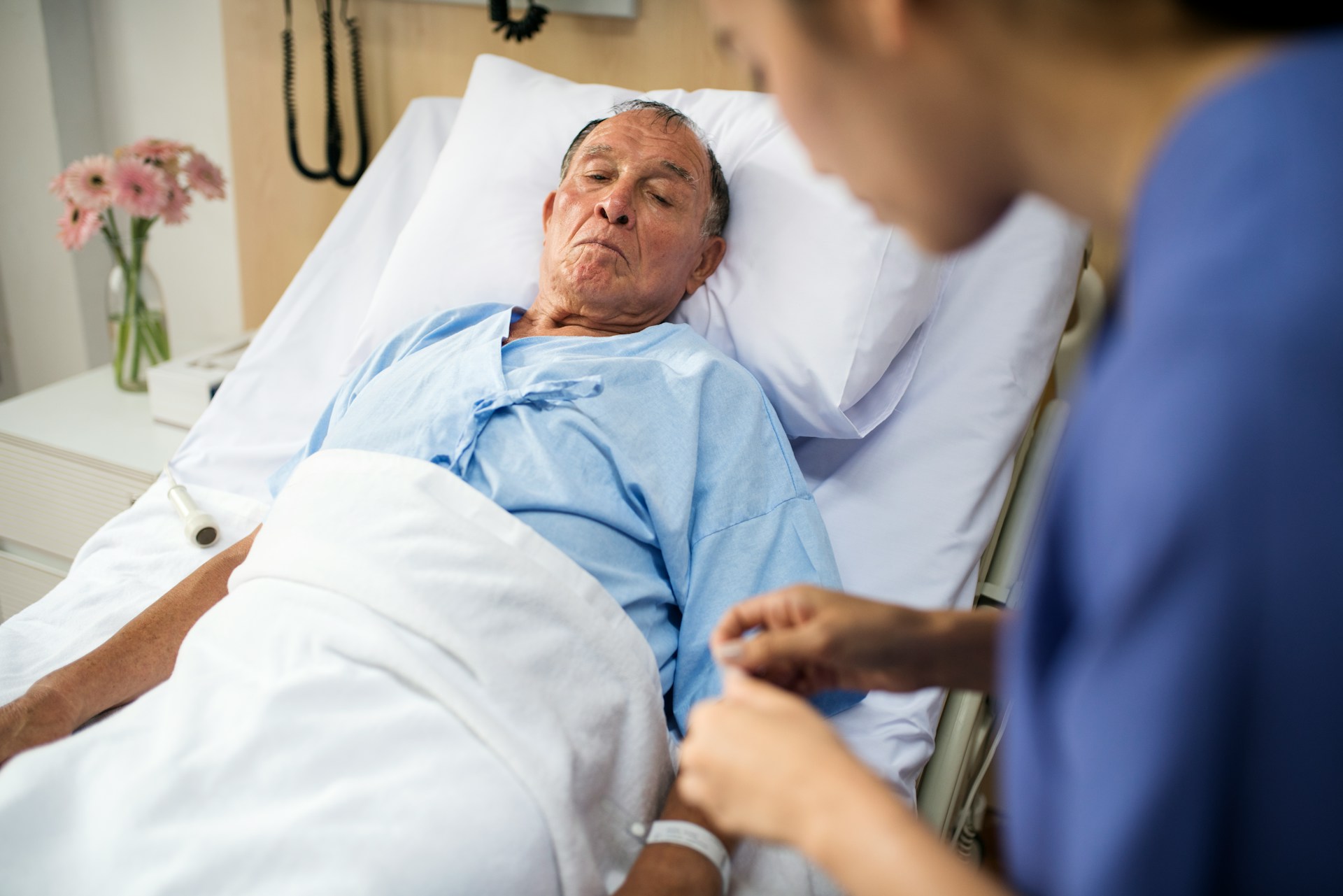
Surgery is often a pivotal turning point, offering hope for healing, but also introducing a period of physical, mental, and emotional recovery. For many patients, the procedure is only the beginning of the journey. Life after surgery involves more than just healing incisions; it’s about regaining strength, independence, and the confidence to live fully again. Whether recovering from a joint replacement, organ surgery, or a significant procedure, individuals often face a wide range of challenges that require more than medical follow-ups. Understanding the path to rehabilitation and embracing the process can be the key to long-term success.
The Recovery Process: More Than Physical Healing
The early stages of life after surgery are usually focused on pain management, wound care, and preventing complications. However, healing is not just physical. As the body adjusts, patients often find themselves navigating emotional hurdles. These might include fear of re-injury, frustration over physical limitations, or anxiety about returning to work or daily routines.
Pain, fatigue, and mobility issues can linger, making everyday tasks difficult. During this phase, it is important to follow a structured rehabilitation plan that includes physical and mental support. Doctors and therapists help track healing, provide tailored exercises, and offer strategies for managing pain. Nutrition, hydration, and sleep are critical in rebuilding energy and promoting tissue repair.
Equally important is emotional well-being. Many individuals lose identity or confidence during recovery, especially if they were previously active or independent. Addressing these psychological elements early in the process lays the foundation for a more complete and empowered recovery.
Rebuilding Physical Strength Step by Step
One of the most vital components of life after surgery is regaining physical strength. Muscle atrophy, stiffness, and reduced endurance are common after significant procedures, especially if there was a lengthy hospital stay or period of immobility. A gradual and targeted approach to physical rehabilitation can help patients reclaim their physical capabilities safely and sustainably.
Physical therapy is often prescribed shortly after surgery. It begins with gentle range-of-motion exercises and progresses to strength training and functional movement. These activities are designed to restore muscle mass and retrain the body in alignment and posture. Balance exercises, core strengthening, and cardiovascular conditioning are integrated over time.
Patients should also learn to listen to their bodies. Pushing too hard and fast can lead to setbacks, while avoiding activity can slow recovery. Guidance from a physical therapist or rehabilitation specialist ensures that the process remains progressive and safe. The goal is not just to return to pre-surgery levels but, in many cases, to exceed them by correcting long-standing imbalances or improving overall fitness.
Restoring Confidence and Mental Well-Being
Physical recovery is essential, but emotional recovery often determines how fully a person reclaims their life. Rebuilding strength and confidence means addressing the fear, doubt, and anxiety that can accompany the postoperative journey. Many patients worry about whether their body can handle activity, if they’ll return to work successfully, or if they’ll regain their previous lifestyle.
Reconnecting with trusted healthcare providers, friends, or support groups can be potent during this time. Mental health counseling or cognitive-behavioral therapy may be recommended, especially if the recovery has been particularly long or complicated. Tools like mindfulness, meditation, and journaling also help individuals process their experiences and reframe their mindset toward healing.
Setting small, realistic goals provides motivation and reinforces progress. Each milestone, whether walking up a flight of stairs, cooking a meal, or returning to a hobby, can boost confidence and promote independence. Over time, these small victories contribute to a stronger sense of self and reinforce the belief that a whole life is possible and within reach.
Navigating Lifestyle Adjustments and Long-Term Health
Postoperative life often involves changes in daily routines, habits, and, in some cases, long-term health priorities. Depending on the type of surgery, patients may need to adopt new lifestyle practices related to mobility, diet, or medication management. This phase of life after surgery is about integrating recovery into everyday life without feeling overwhelmed or limited.
Staying active, maintaining a healthy diet, and following up with regular medical checkups help ensure long-term success. Occupational therapy or home modifications may sometimes be necessary to enhance comfort and functionality. For example, patients recovering from cardiovascular or orthopedic surgery may need to monitor weight, blood pressure, or joint strain more carefully than before.
At this point, prevention also becomes key. Avoiding re-injury, managing chronic conditions, and staying proactive about wellness are all part of maintaining the gains achieved during recovery. Education and empowerment go hand in hand with confidence. When patients understand how to care for their bodies, they’re more likely to remain active, resilient, and self-assured.
A New Beginning, Not Just a Return to the Past
While many individuals strive to return to the life they had before surgery, the truth is that life after surgery often marks a new beginning. It is a time to re-evaluate priorities, adopt healthier habits, and build a stronger foundation for the future. For some, this journey may include redefining personal goals, exploring new interests, or forging deeper relationships based on shared experiences.
Recovery is not linear. There may be setbacks, frustrations, or moments of doubt, but each challenge also presents an opportunity for growth and discovery. Overcoming physical limitations fosters resilience. Confronting emotional struggles builds empathy and inner strength. The process of rebuilding strength and confidence isn’t just about returning to normal—it’s about creating a better version of life with renewed purpose.
Ultimately, success after surgery isn’t measured solely by the absence of pain or the restoration of function. It’s reflected in how confidently one moves forward, embraces new opportunities, and feels entirely at home in one’s body again.